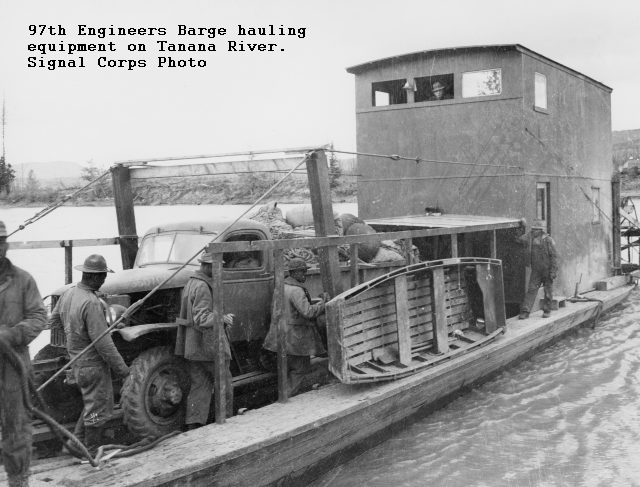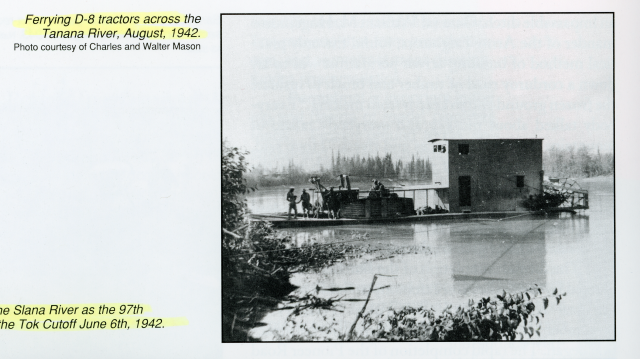
The couple, Lucky Donald Hall and his new wife, Zellma, moved into an apartment in Dawson Creek—a one bedroom, furnished with a bed and a footlocker. The lovebirds lived there very happily until spring. That, of course, means the spring of 1943, so the couple got to endure the great Dawson Creek explosion and fire with their fellow citizens.
Lucky Donald’s luck held, but his memory blurs some of the story so here’s a link to a full and accurate account of the event.
Going past the drugstore on the corner, Donald and Zellma noticed a red glow over the nearby Co-op store. Curious, they moved to where flames devoured a small storage building. Soldiers with a small tanker hosed the building with water and Donald and Zellma watched with their fellow citizens.
Suddenly a construction truck raced by, its driver yelling at the crowd. “Get back. There’s dynamite in there.”

Donald and Zellma ran, had made it to Wings Café when the storage building erupted in a massive explosion. Donald had a tight grip on Zellma’s coat but the blast blew her half out of it. The concussion blew them both into the space between Wings and the next building. “I still had a hold of the coat, but she wasn’t fully in it.
Flames suddenly engulfed Dawson Creek, the whole downtown. Debris from the blast— “tools, wire, tires, two by fours…”—flew everywhere, wreaking devastation on everything, including people.

We’ve already established Donald’s luck. It held.
Because he and Zellma lay between buildings, they escaped the flying debris.
For a You Tube Video from the South Peace Historical Society




























